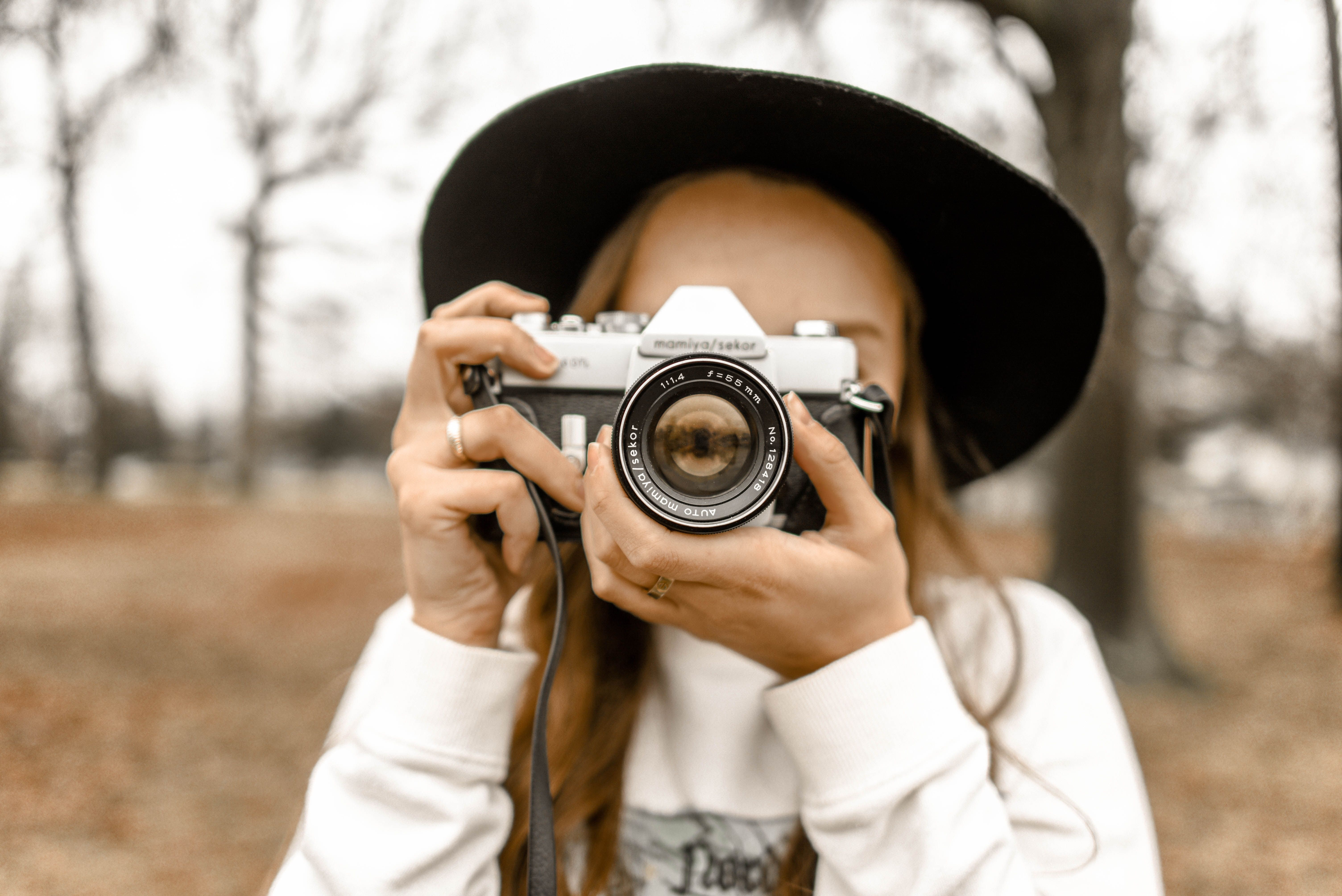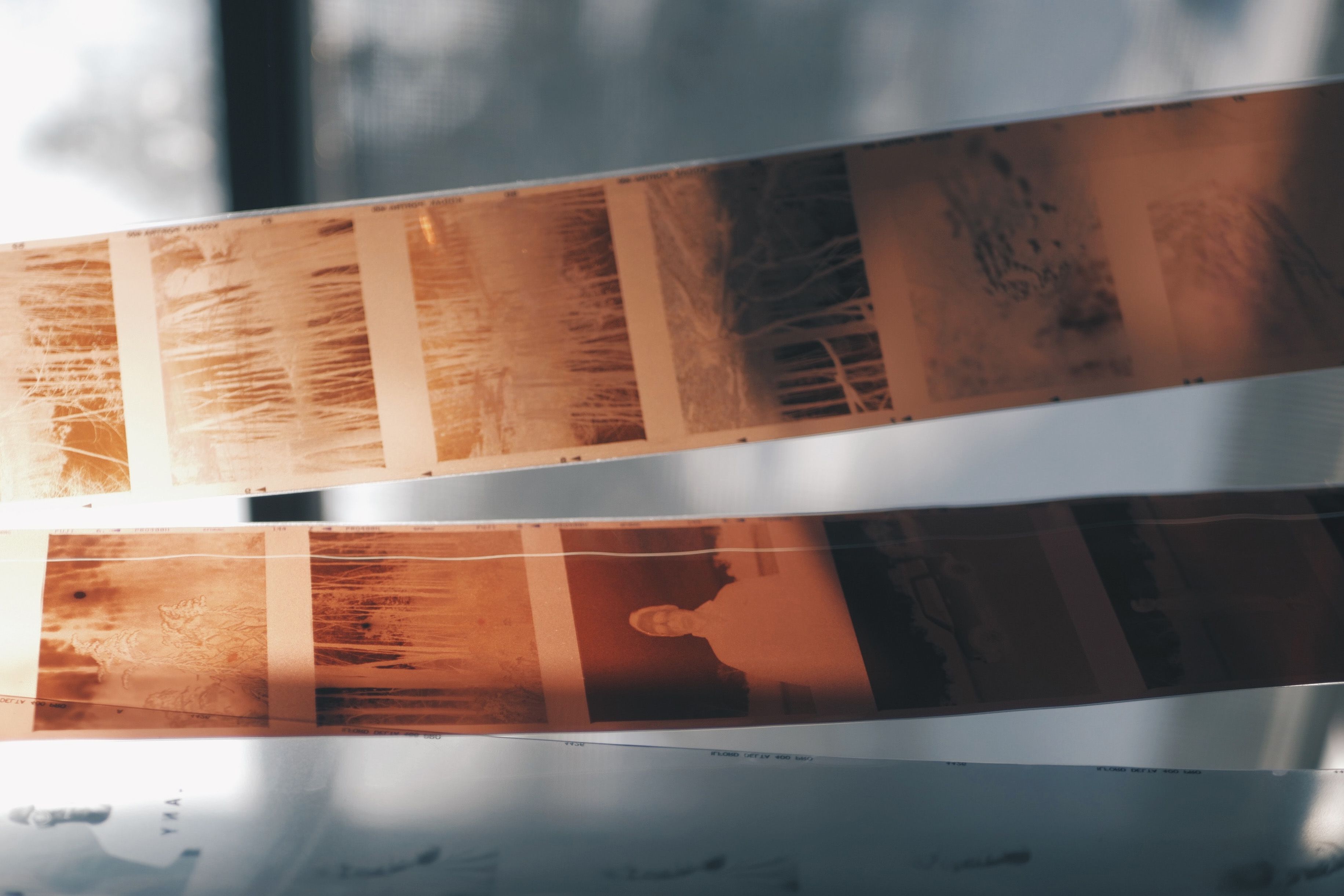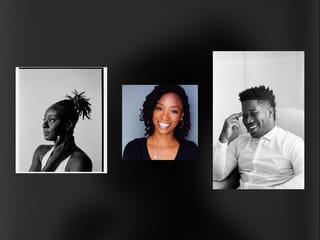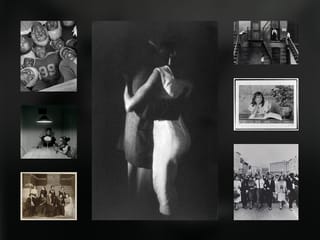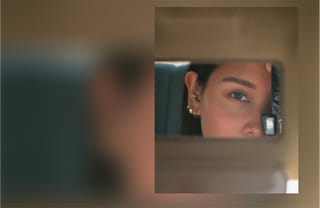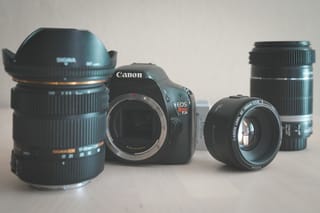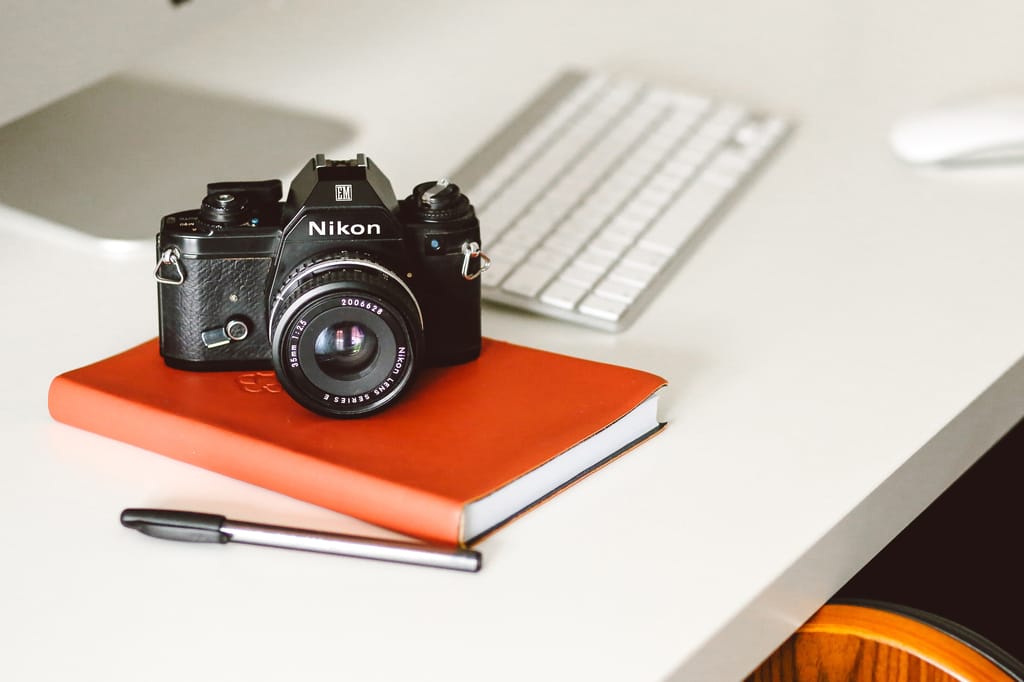
Let’s talk about what it’s like to shoot film. The psychology of it. After all, we already know that shooting film can establish habits to make you a better photographer. On the visual side, film grain is certainly more aesthetically pleasing than digital noise, and we know that the colors you get from film stocks can be stunning. After all, there’s a reason that Fujifilm cameras have emulated film stocks for their jpeg color settings. They’re gorgeous.
This isn’t meant to be a digital-versus-analog type of post. Many professionals have switched to digital for the ease of use, cost-effectiveness and speed of being able to edit using software instead of darkroom techniques. At several photography events recently, we’ve met more than a few photographers who caught a glance at a Mamiya C330 TLR or Nikon FM2 SLR sitting on our table and, with nostalgic eyes, lamented to us, “I used to have one of those!”
Instead of the technicalities or benefits of shooting film, let’s talk about the rush of taking the final shot on a roll of film. Let’s talk about the dangerous feeling of knowing that pulling the release lever at the wrong time could ruin the last 20 shots you took. Sure, it may be more risky than shooting digitally— but what creative type wants to play it safe?
Taking Stock
Let’s skip the step of selecting a camera and lens. We’re assuming you’ve already done that. If you find yourself woefully without a film camera, hit the link at the end of this article and we can get you set up with the perfect one.
Before you even start shooting, there are some decisions to be made. The first thing you’ve got to decide is which film stock to go with. You’re about to commit to shooting 24 or 36 exposures with the same film sensitivity and colors. (Okay, sticklers, it’s 12 exposures if you’re shooting medium format. Please don’t send me hate mail.)
It can be a little nerve-racking to make such a decision. After all, with digital, you can switch from color to monochrome whenever you like. With film, you’re in it for the long haul. That’s okay, though- a single roll goes pretty quickly once you get started.
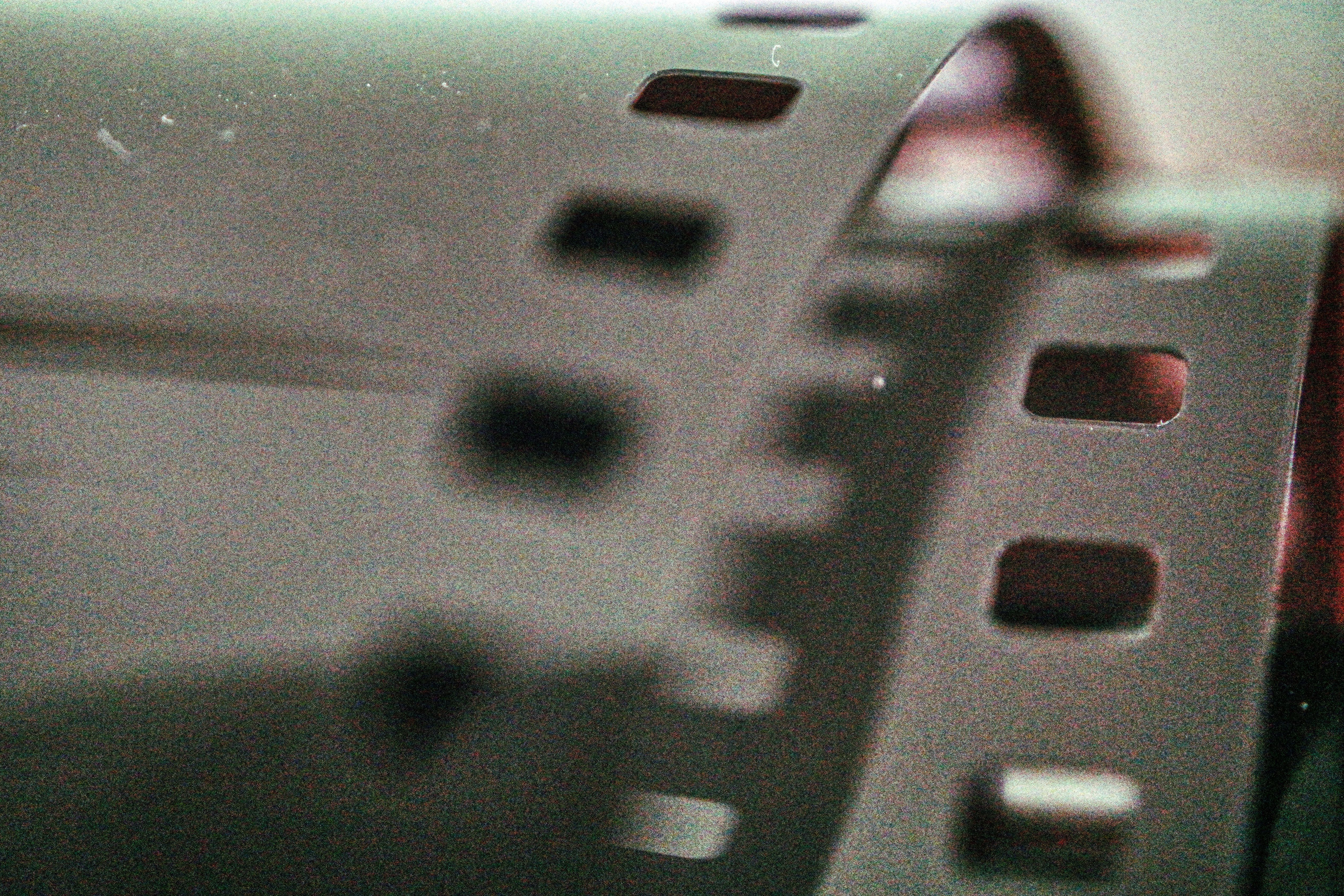
Lock and Load
Pulling the film leader out and loading up a camera can be a little tense the first few times. It’s generally pretty easy to load film into a 35mm camera, but if you’re a beginner you’d better take great care and precision. Lining up the sprocket holes and making sure the take-up spool is turning correctly is a thrill in itself. You don’t want to expose too much extra film in the loading process, or you risk wasting precious exposures. After all, an incorrectly-loaded roll of film can quickly become disastrous if not quickly attended to.
After that, there’s a rush of excitement as you click shut the rear of the camera body and advance the film to your first unexposed frame. This is it. There’s nothing stopping you now from heading out the door and conquering the world as you capture distinct moments in time, each one locked in the gelatin and silver halide crystals.
There’s also an element of perceived danger with shooting film, as I mentioned in the opening. Pulling the wrong lever can *pop* open the back of the camera body, flashing your precious roll of film with light and spoiling your hard work. Try not to worry too much about this, though. After doing this once, a photographer is not likely to make this mistake again. “Great losses are great lessons” as they say.
Rock and Roll
If you’ve read pretty much any blog ever on film photography, you’ve surely heard that shooting film is a slower process than shooting digital. If shooting in manual mode, that’s absolutely true.
With a roll of film, there is a certain amount of pressure put on the photographer’s shoulders. That is— unless you’ve got an abundance of cash to spend on roll after roll after roll of ‘meh’ photos. If that’s the case, please send me a message and I may be able to help you find a solution. Using digital cameras, it’s easy to ‘spray & pray’ and sort out which photo is best at a later time. With film, it’s simply not cost-effective to shoot 200 exposures just to get one perfect image. You’re forced to slow down and think about your framing, shutter speed, and aperture before you start snapping away.
It’s a somewhat different state of mind that makes each shot a bit more precious to the photographer. The newly-announced digital Fujifilm X-Pro3 attempts to replicate this type of mindset with its rear-facing LCD screen somewhat inconveniently folded up into the camera body. Not all shooters will appreciate this, but this somewhat prevents the photographer from reviewing their shots instantly and gets them to focus back on the act of actually taking the photos.
Photo Finish
Before you know it, you’ve completed that roll of film. What a journey it’s been since it was first loaded into the camera body. Satisfied, you rewind that roll back into the canister, feeling a bit like you’ve finished the last page of a novel or just completed the last few miles of a road trip. Hopefully, you didn’t rush to finish the roll by snapping the last few shots of your cat. (No? Just me? Oh.) If so, don’t worry—you’ll make every shot on the next roll count, no doubt.
The task is done but now you’ve got to wait to see the fruits of your labor. How exciting! If you’re sending your photos away to be developed, it can be a little scary not knowing what’s going to happen to them or whose hands they may end up in. After all, you’ve (probably) put forth blood, sweat and tears into those negatives! Thankfully, there are still some great photo labs out there that can be trusted with your photos, including TheDarkroom.com.
Performance Review
This is it! This is the day you get your negatives back. Frantically ripping open the envelope, the anticipation of finally getting to see the images you took is about to pay off. It’s fascinating to see your negatives in their protective sleeves like precious little relics. Unlike digital photos, these small handheld archives won’t be lost or destroyed if your hard drive crashes.
Whether you ordered prints, digital scans or just the development of your negatives, it’s like a leap into the past when you scan through your images for the first time. Suddenly you’re right back there on that day when you took the first exposure.
You may find something unexpected when looking through your photos. Unless you took detailed notes of each exposure, there could be some surprise shots that you didn’t remember taking. For less experienced or more adventurous film photographers, there could be light leaks or color shifts from expired film. Some creatives love this aspect and pray for happy accidents in their photos. Others may find this undesirable and frustrating. With practice and experience, you’ll find that these happy accidents occur less and less.
Finally, you come to the last photograph and honestly can’t believe that’s the last one. Suddenly, something stirs within you and you remember hearing about another film stock you wanted to try, or you think of another subject you’d like to try shooting. That’s how it starts.
Congrats, you’re now an analog film photographer. Welcome to the club. We’re glad to have you.
Click here to purchase some more film to feed your new addiction
Ready to take your film process to the next step? See How to Develop Film at Home
Looking for something to photograph? See How To Shoot A Wedding on Film
Looking to pick up some film equipment? Shop film cameras here
If you’ve got any questions or are looking for suggestions, give us a call at 1-800-DIAL-KEH


